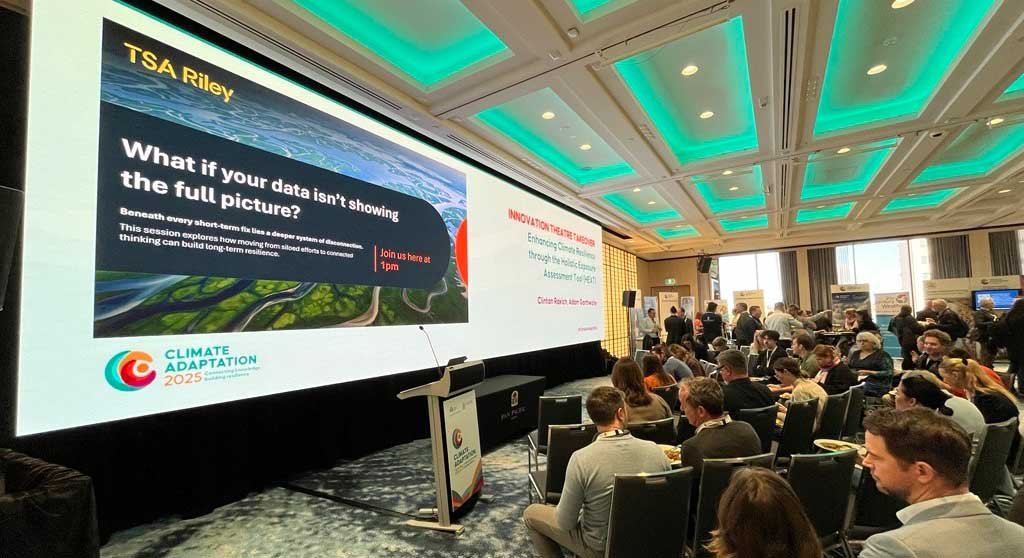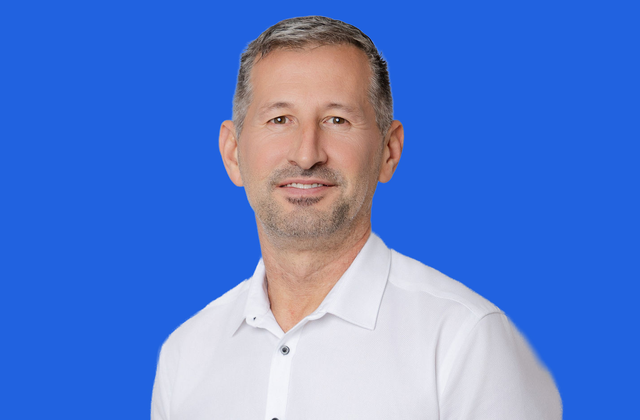What Happens When We Stop Managing Climate, Nature and Water in Isolation?

Beyond Silos and Black Boxes: Connecting the Dots for Climate Resilience
Climate change, biodiversity loss and water stress aren’t separate challenges. They’re interconnected, and reshaping the systems we rely on. Yet organisational responses often remain fragmented. Corporations, investors, governments and communities race ahead in separate swim lanes, each making decisions with the best of intentions but without alignment. The result? Missteps that waste resources, miss opportunities, and sometimes even make problems worse.
The Barrier isn’t Data – it’s Disconnection
Organisations today are not constrained by a lack of environmental or social data. What is missing is the ability to see the integrated picture across assets, landscapes and systems. Risk registers and spreadsheets capture isolated threats, but they cannot reveal how water stress intersects with supply chains, or how biodiversity loss amplifies climate impacts. Without this context, decisions are often made with partial insight, and investments risk becoming short-lived or misdirected.
The consequence is siloed approaches which often rely on “black boxes”: complex processes that are hard to interrogate, adapt or evolve. The outcome is too often wasted spend, reports that are outdated before they are complete, and strategies that fail to realise opportunities and deliver resilience.
A Systems Approach
Resilience demands an integrated, systems-based approach. By connecting insights across disciplines, organisations can move from fragmented responses to a clear understanding of the interrelationships of their dependencies, risks, impacts and opportunities around climate, water and nature. This shift not only improves the management of systemic risks but also creates space for smarter investment and stronger performance.
One way TSA Riley supports this is through our Holistic Exposure Assessment Tool (HEAT). Developed by our Climate and Nature Advisory team as an adaptive geospatial service, HEAT helps clients see how climate, nature and business intersect. By aligning with frameworks like Australian Sustainability Reporting Standards (ASRS), The Taskforce on Nature-related Financial Disclosures (TNFD) and ISO14091, it creates a connected view that strengthens critical decision making and provides a foundation for investment strategies that both derisk organisations and evolve over time.
From Insight to Action
The greatest barrier to climate resilience is not a shortage of information. It is the disconnection between systems, disciplines, communities and corporations. By moving beyond silos and black boxes, and by adopting connected perspectives, organisations can turn complexity into clarity and uncertainty into action.
The impacts of climate change are already here. The choice is whether we continue to act in isolation, or whether we connect the dots to build resilience that lasts.
If your organisation is looking to make that shift, explore how TSA Riley’s Climate and Nature Advisory team can support you.

Clinton Rakich
